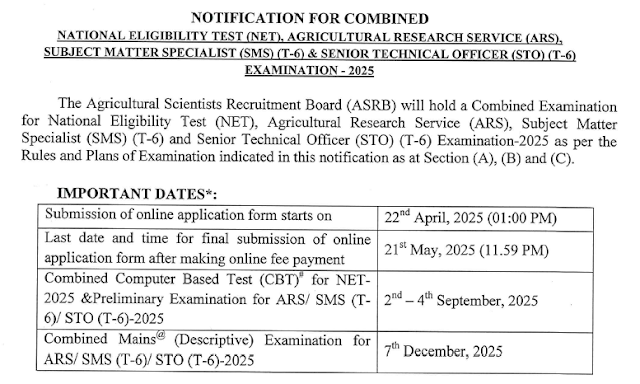How Metabolic Engineering is Supercharging Plants for Bioactive Compound Production.
- By Farin Khatoon
In the age of biotechnology, plants are no longer just passive providers of food, fragrance, and fiber—they're becoming precision-engineered biofactories for life-saving compounds. Thanks to rapid advances in metabolic engineering, we can now fine-tune the genes and pathways inside plants to boost the production of bioactive compounds like antioxidants, anticancer agents, or antimicrobial molecules.
But how exactly do we do this? That’s where groundbreaking tools like CRISPR/Cas9, GWAS (Genome-Wide Association Studies), and high-throughput sequencing step in—each helping us understand, manipulate, and enhance plant metabolism like never before.
Let’s explore these exciting technologies and how they’re opening new doors in plant science and green pharmacy.
1. CRISPR/Cas9: Editing the Blueprint of Life
Imagine being able to switch off unwanted genes or switch on hidden ones inside a plant—CRISPR/Cas9 makes this real. This revolutionary gene-editing tool allows scientists to precisely modify plant DNA and tailor metabolic pathways for better compound yield.
Take the case of Nicotiana benthamiana, where researchers used CRISPR to silence specific glycosyltransferase genes. This edit increased the accumulation of flavonoids, compounds known for their antioxidant and therapeutic roles (Kwon et al., 2023). Because CRISPR allows editing of multiple genes at once (a technique called multiplexing), it's perfect for tweaking complex networks like secondary metabolism.
Kwon et al., 2023, Plant Biotechnology Journal: CRISPR-driven flavonoid pathway reprogramming in Nicotiana.
2. GWAS: Genome-Wide Treasure Hunting
Before editing anything, we first need to know which genes control valuable traits. That’s where GWAS comes in. It links small genetic differences across many plant varieties with traits like alkaloid levels, essential oil composition, or stress responses.
In one striking example, researchers used metabolome-GWAS in rice to identify genes responsible for flavonoid glycosylation—crucial for both plant defense and nutritional quality (Chen et al., 2020). By pinpointing these metabolic “hotspots,” scientists can then target them for precise improvement.
Chen et al., 2020, Nature Communications: GWAS reveals loci controlling rice flavonoid traits.
3. High-Throughput Sequencing: Lighting Up Gene Functions
While GWAS tells us where the action is, high-throughput sequencing (HTS) tells us what's actually happening inside the plant—gene by gene, minute by minute. Through tools like RNA-Seq, researchers can observe how gene expression shifts under different conditions or treatments.
For example, in Salvia miltiorrhiza, a medicinal plant used in traditional Chinese medicine, HTS revealed key cytochrome P450 enzymes and diterpene synthases that help produce tanshinones—compounds with strong cardiovascular benefits (Zhang et al., 2018). Such knowledge is essential for designing targeted metabolic interventions.
Zhang et al., 2018, Plant Physiology: Unraveling tanshinone biosynthesis via transcriptomics.
4. Gene Upregulation: Amplifying What Matters
Not all engineering means editing genes out—sometimes we just need to boost the expression of good ones. This is known as gene upregulation, and it's often done by inserting strong promoters or using CRISPRa (CRISPR activation systems).
A great example is the overexpression of the ORCA3 transcription factor in Catharanthus roseus, which led to higher production of vinblastine precursors—a powerful anticancer alkaloid (Verma et al., 2021). Such strategies essentially turn up the volume on valuable biosynthetic pathways.
Verma et al., 2021, Frontiers in Plant Science: Boosting alkaloid pathways through transcriptional engineering.
5. Genome Editing vs. Traditional Breeding: Why the Future is CRISPR
Why not just rely on age-old breeding? While traditional crossbreeding has shaped agriculture for centuries, it’s slow, imprecise, and brings along unwanted genes (a phenomenon known as linkage drag).
Genome editing offers two unbeatable advantages:
-
Precision – Specific genes are targeted, avoiding random traits.
-
Speed – Desired traits can be achieved in a generation or two, not decades.
This is a game-changer for industries relying on plant-derived pharmaceuticals, nutraceuticals, and bio-based materials.
Baltes et al., 2017, Trends in Biotechnology: Genome editing outpaces traditional plant breeding.
6. Wrapping Up: Plants as Smart Biofactories
In short, we are entering a new era where plants aren’t just grown—they're designed. With CRISPR, GWAS, and HTS working together, metabolic engineering allows us to harness and supercharge the natural potential of plants. Whether it’s boosting a medicinal compound in tulsi, enhancing antioxidants in tomatoes, or creating climate-resilient crops, the possibilities are endless.
As researchers, students, and science enthusiasts, it’s an exciting time to be part of the green revolution 2.0—powered not by pesticides or fertilizers, but by genes, data, and precision tools.
📚 References
-
Kwon et al., 2023. CRISPR-driven metabolic rewiring in Nicotiana. Plant Biotechnology Journal.
-
Chen et al., 2020. mGWAS analysis in rice reveals metabolic loci. Nature Communications.
-
Zhang et al., 2018. Transcriptomic profiling in Salvia miltiorrhiza. Plant Physiology.
-
Verma et al., 2021. Transcriptional regulation of alkaloid biosynthesis in C. roseus. Frontiers in Plant Science.
-
Baltes et al., 2017. Genome editing in precision agriculture. Trends in Biotechnology.



Comments